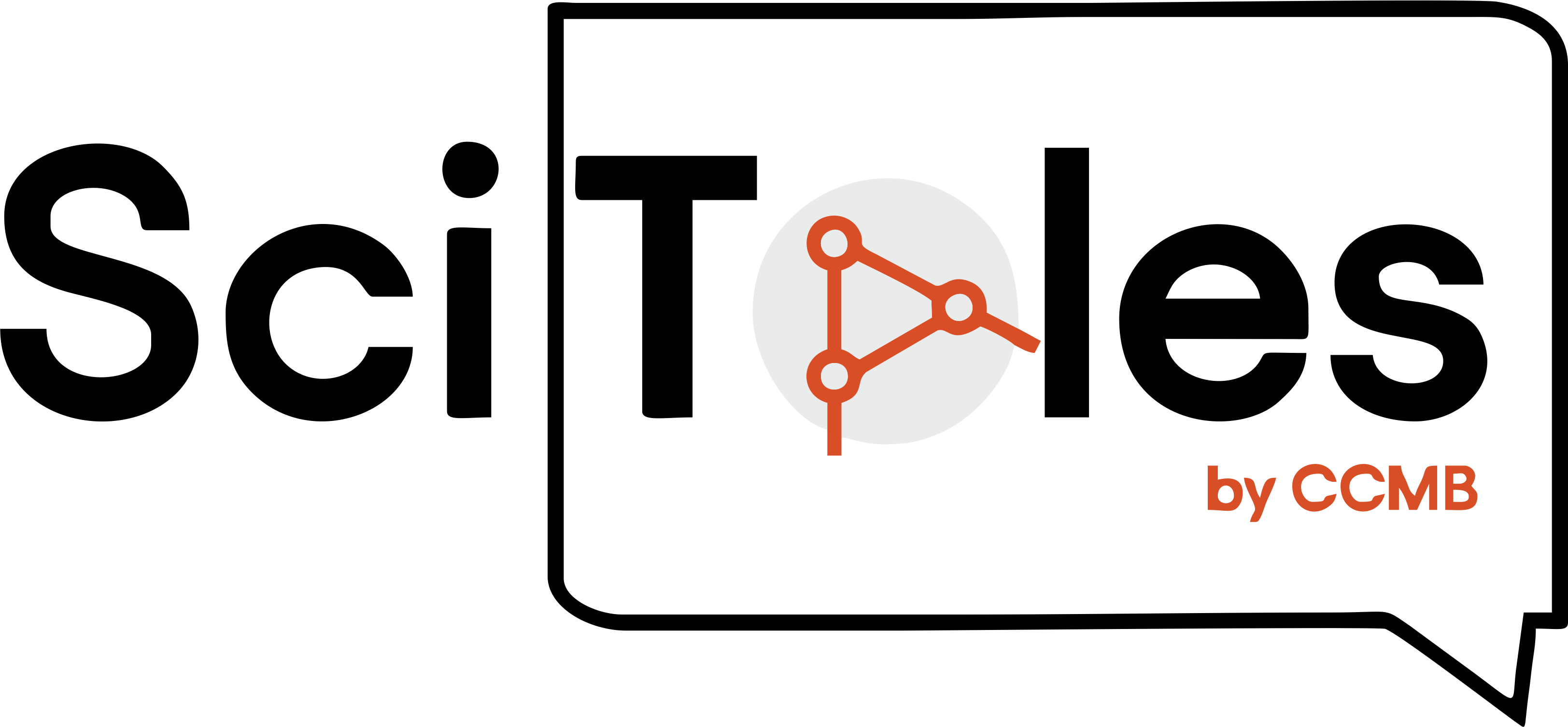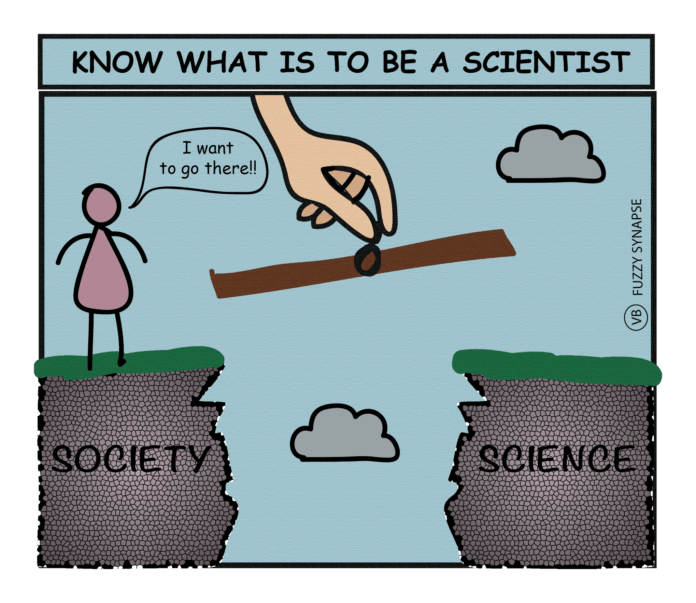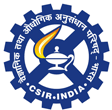Editor’s note: High school students and their parents are often times not aware of the vast career options available to students in science besides medicine or engineering. In the US, high school students are allowed to “shadow” people from various vocations before deciding their subject of study. This enables students to see first-hand what the work involves and if they might like both the work and the work environment. Here Somadatta tells us about one such program for young students to get inspired by working closely with scientists and get excited about doing science –Shayu Deshpande
Career options for most Indian high school students are pre-determined either by peer or parental pressure or lack of adequate resources to make an informed choice. Medicine and engineering are the top choices for students in the science stream and for most students 12 years of school life culminate with rigorous preparation for entrance examinations to gain a seat for one of these courses. Creativity and the ability to think out of the box do not get much emphasis in our education system and students do not have enough resources to explore or innovate in the confines of their school curriculum. It is, therefore, not surprising to see that while a large chunk of the country’s population pursues the two popular professions in science-medicine and engineering, there have been only a handful of novel technologies developed in house.
India, soon to be a country with the highest number of working age population, has to now change gears to develop explorers and innovators if she wants to make strides in science and technology. A country cannot hope to compete with the technologically advanced nations if all the technology in the country needs to be imported. Any novel technology comes naturally as a by product of nurturing high quality scientific research. It requires keen observation, critical thinking and perseverance to excel in science. It is a field that sees more failures than success, and takes an enormous amount of time to establish a new finding. But the satisfaction of having pushed the boundaries of human knowledge is immense.
CSIR-Centre for Cellular and Molecular Biology (CCMB) realizes the importance of grooming a scientific and intellectual community in India. Aligned with it, since the last 5 years it has organized a Young Innovators Program (YIP) in its campus. YIP is a platform for local school students from class 8th to 10thgrade to come to the institute and get familiar with researchers and their work. Students conduct simple hands on experiments that initiate them into exploring basic questions in biology. The two week program is scheduled such that it keeps enough room to encourage curiosity driven discussions among the YIP participants as well as with the CCMB researchers.
The aim of the program as Dr M V Jaganadham, co-organizer of the annual event observes, “This is to provide our school students with exposure into what it means to do science beyond rote based or technical learning. We want our students to go on to develop newer technology, and we show them how research is one of the paths leading to it.” In alignment with Dr Jaganadham’s sentiment, Ananya, a YIP 2018 participant and who aspires to study medicine says, “These two weeks have given me a really good exposure. It has helped me understand principles (of what I study), and made me reconsider my career decisions.”

YIP has gathered tremendous popularity among schools and parents in the last years. Many of them have expressed interest in having a similar program in their cities. Unfortunately not many comparable options exist in the country, and not many research organizations have shown a similar interest for investing in such a program. KVPY has been another well-known nationwide program that has successfully attracted students from class XI to first year of undergraduate studies. Dr Jaganadham mentions,“YIP runs due to personal investment of the researchers in the cause, aided hugely by organizational support.” If more scientists see the need, YIP can be developed to impact a bigger populace of students geared toward instilling a better scientific education. Many researchers often cannot afford the time required in organizing such programs that are not directly associated with their scientific research interests. However, organizations can have dedicated personnel who are trained and keen to work more closely at the interface of science and society – a regular practice in many developed countries. As Pooja, a YIP 2018 participant says, “Such opportunities should open up for more students. After all, everyone should have equal exposure.”

About the author: Dr Somdatta Karak works as a science communicator at Centre for Cellular and Molecular Biology, Hyderabad, India. She has been a Teach for India fellow. Her main interests are bridging the scientific fraternity with the general public and industries.
Cover art: The cover image was designed by Vinita Bharat, PhD. Follow her work as Fuzzy Synapse at Instagram, Facebook and Twitter.
Editor: Shayu Deshpande pursued her Ph.D. at IISc and is doing exciting research in myeloma in the US. When not in the lab she enjoys singing classical music, reading books, meeting her friends and playing with her kids.



